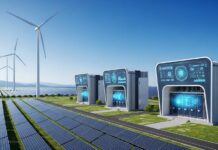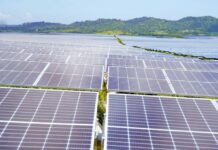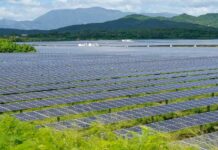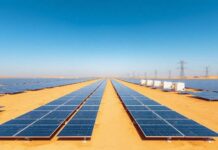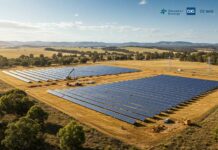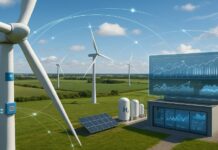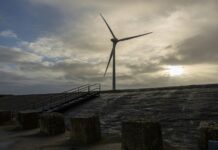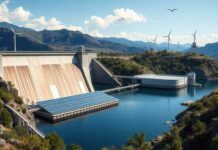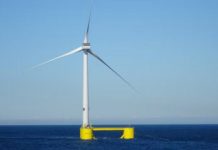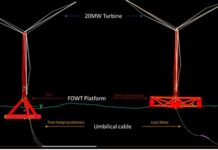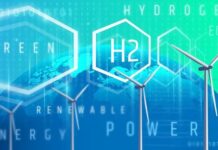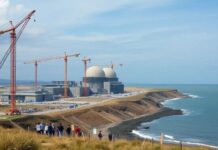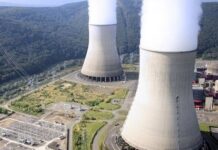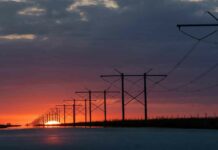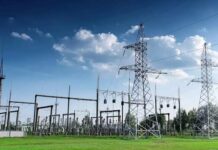Small-scale solar is significantly altering New England’s patterns of electricity demand.
The hourly pattern of metered energy consumption is changing from March through May, according to research by the Energy Department’s Energy Information Administration (EIA). This is because of a rise in energy production using small-scale (less than 1 MW), customer-sited photovoltaic systems. The utility-supplied electricity during the early spring morning hours decreased as a result of the greater deployment of this kind of behind-the-meter solar. In the evening, the demand increased.
Despite New England’s less advantageous solar resources, the EIA said that solar capacity has expanded by 3.8 GW during 2016. About 2.3 GW of that was made up of small-scale solar.
According to EIA data, the addition changed the average hourly rate of change in electricity consumption in New England. Between 8:00 a.m. and 11:00 a.m., on average, the hourly electricity demand increased by 500 MW from March through May 2016. By 2022, the same three-hour period’s average electricity demand had normally decreased by 800 MW.
Similar to this, between 4:00 and 7:00 p.m. in the spring of 2016, the demand for evening electricity increased by 800 MW. In 2022, the same three hours saw an increase in electricity demand of 1,900 MW.


